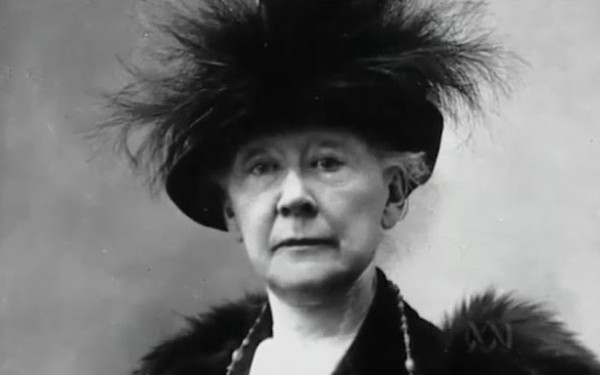Today is the anniversary of the passage of the 19th amendment, August 18, 1920, granting women the right to vote, and thereby to become active participants in politics and public life. (Note: the 19th amendment applied only to white women. It took another 45 years before the Voting Rights Act of 1965 secured Black women the right to vote.)
Artist Mary Cassatt was an advocate throughout her life for women’s education and engagement with social issues. She often pictured women in the act of reading: a potentially subversive activity, as reading could lead to thinking outside their limited prescribed domain. She also financially supported the women’s suffrage movement.

Mary Cassatt, (1844 – 1926) The Reader, 1877 Oil on canvas Crystal Bridges Museum of American Art, Bentonville, Arkansas
In 1915, Cassatt participated in a charity exhibition to support the cause of women’s suffrage. Her sister-in-law, Eugenie Carter Cassatt, who opposed women’s suffrage, boycotted the show, along with other family members. Angry and disappointed, Cassatt sold several of her works that had been earmarked for Eugenie and her other heirs.
Women’s relegation to the home sphere and restriction from some institutions of learning, along with patriarchal attitudes toward women as artists, kept many women artists from publicly displaying their work, and when they did it was often dismissed by critics or even credited to male artists. Who knows how many female artists’ work has thus disappeared into the proverbial dustbin of history? Or the number of potentially brilliant artists who never exercised their ability at all because it was seen as an activity unsuitable for a lady.




